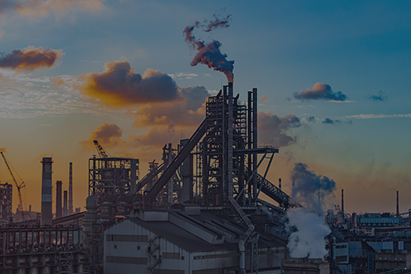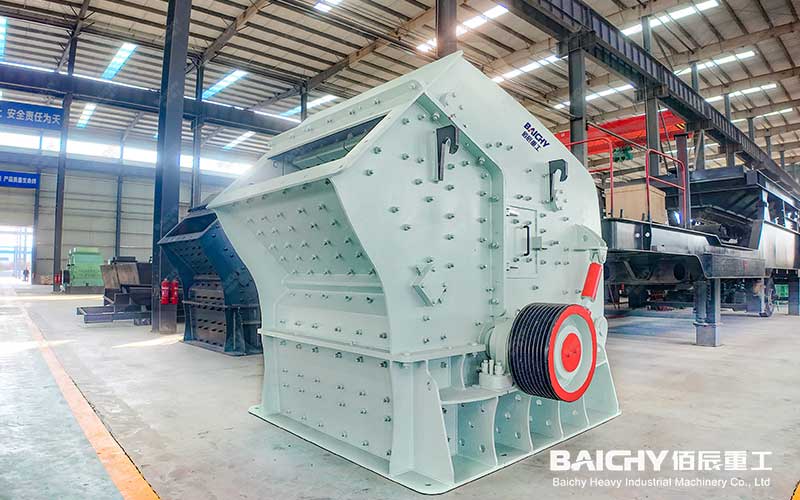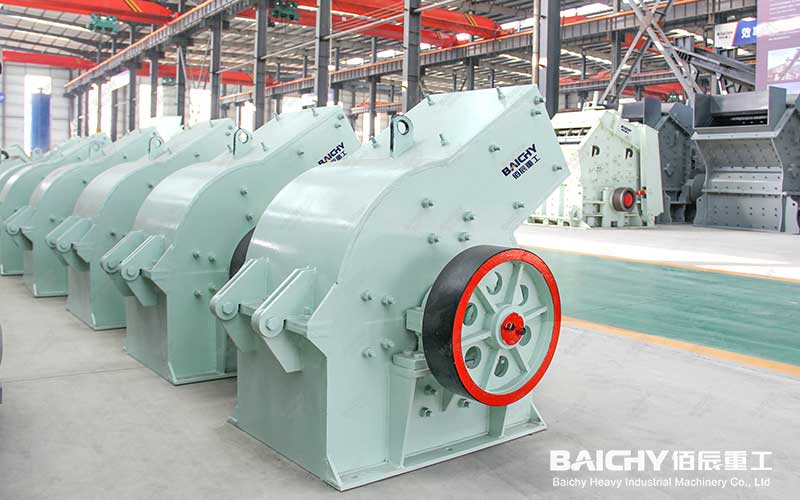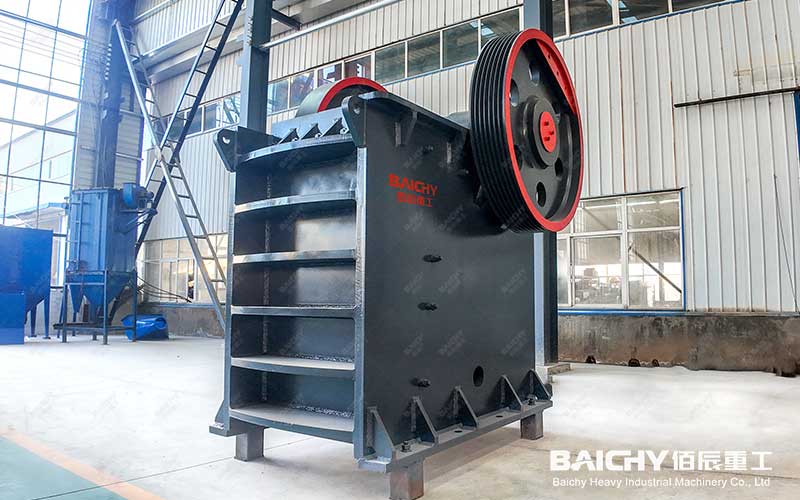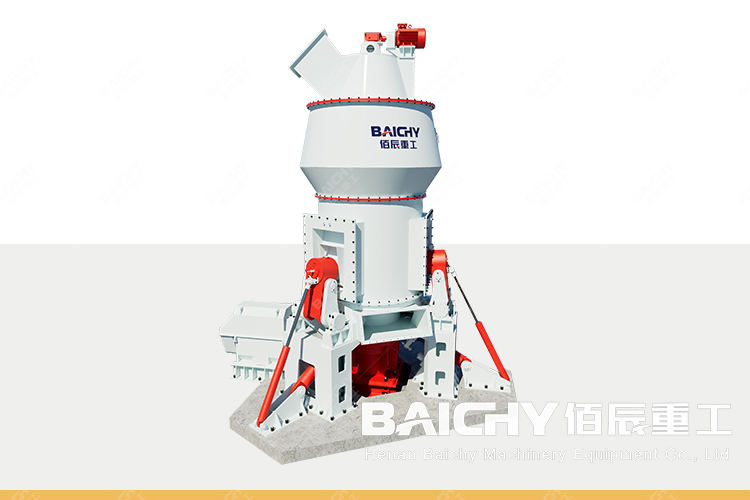
Vertical grinding mill for a cement plant is a kind of grinding equipment specially designed for cement and other raw materials. Its working principle is to crush and grind the raw materials through the interaction of a grinding disc and grinding roller. Compared with traditional ball mills, vertical mills in cement plants have many advantages.
Working Principle of Vertical Roller Mill
The working principle of a vertical roller mill is mainly based on the relative movement of materials between the grinding disc and the grinding roller for grinding. The following is a detailed explanation of the working principle of a vertical roller mill:
First, the electric motor drives the grinding plate to rotate through the reducer. The raw materials enter the feed port of the vertical roller mill through the feeding device and fall into the center of the grinding plate. At the same time, hot air enters the mill from the air inlet to provide necessary drying conditions for the materials.
As the grinding disc rotates, the material moves toward the edge of the grinding disc under the action of centrifugal force. In this process, when the material passes through the annular groove on the grinding disc, it is squeezed and ground by the grinding roller, thereby crushing and grinding the material.
The ground material is carried up by the high-speed airflow at the edge of the grinding disc. Due to their heavy weight, large-grained materials fall directly back to the grinding disc for re-grinding. The fine powder material will rise to the separator area with the airflow.
In the separator area, the materials in the air flow are separated by the action of the rotating rotor to achieve the separation of coarse and fine materials. The coarse powder material falls from the cone hopper back to the grinding disc for re-grinding, while the qualified fine powder material comes out of the grinding mill along with the airflow, is collected by the dust collection device, and finally becomes the product.
During the whole process, the material is in contact with the hot air flow to achieve drying. By adjusting the hot air temperature, the requirements of materials with different humidity can be met and the required product moisture can be achieved. At the same time, by adjusting the separator, the thickness of the product can be controlled to meet the needs of different applications.
Advantages of Vertical Roller Mill
As an efficient grinding equipment, a vertical roller mill has many significant advantages. The following are the main advantages of vertical roller mills:
1. High efficiency and energy saving: The vertical roller mill adopts the material layer grinding principle, which significantly improves the grinding efficiency. At the same time, the power consumption is 20%~35% lower than that of traditional ball mills. This efficient energy utilization helps reduce production costs and improve economic benefits.
2. Strong drying capacity: The vertical roller mill has its own drying function, which can dry materials with high moisture content, thus eliminating the need for separate drying equipment, simplifying the process and reducing investment costs.
3. Adjustable particle size: By adjusting the separator, the vertical roller mill can easily control the particle size distribution of the product to meet the requirements for material fineness in different applications.
4. Low noise and low wear: The vertical roller mill has low noise during operation and is friendly to the operating environment. At the same time, due to the large contact area between the grinding roller and the grinding disc, the wear is relatively small, extending the service life of the equipment.
5. Stable operation and high reliability: The vertical roller mill has a reasonable structural design and a stable and reliable transmission system, which makes the equipment run smoothly and has a low failure rate, improving the continuity and stability of the production line.
6. Easy maintenance: The structure of the vertical roller mill is relatively simple, and parts replacement and repair are relatively easy, reducing maintenance costs and time.
7. Strong adaptability: The vertical roller mill is suitable for grinding and processing a variety of materials, including cement, slag, cinder, etc., and has strong adaptability.
Disadvantages of Vertical Roller Mill
Although vertical roller mills have many advantages, they also have some disadvantages in practical applications. Here are some of the major disadvantages:
1. Not suitable for highly corrosive materials: Some components of the vertical roller mill, such as grinding rollers and grinding discs, may not be corrosion-resistant and may be damaged when handling highly corrosive materials, which limits its use in certain applications. Application in grinding of specific materials.
2. Dry grinding limitations: Vertical roller mills are usually only suitable for dry grinding and cannot be used for wet grinding. The ball mill can be used for dry grinding or wet grinding, which makes the vertical roller mill unable to replace the ball mill in some processes that require wet grinding.
3. High operation and management requirements: The vertical roller mill has relatively strict requirements on the moisture, particle size, and other parameters of the material during operation. If the material is too dry, it may need to be moistened with water to prevent the material from being too loose and unable to enter between the grinding roller and the grinding disc for crushing. In addition, vertical roller mills also have specific requirements when starting and stopping, and dry milling is not allowed to start and stop, which increases the complexity of operation management.
4. Vibration problem: Vertical roller mills may produce large vibrations during operation. This vibration may not only cause damage to the internal connecting parts of the equipment but may also cause damage to key components such as reduction gearboxes. Therefore, it is usually necessary to install a vibration monitoring system to ensure stable operation of the equipment.
5. Wear-resistant parts life problem: Although the wear-resistant steel material of vertical roller mills has been improved, its lifespan is still relatively short, especially the wear resistance of key components such as grinding rollers and grinding discs needs to be further improved. This increases equipment maintenance costs and replacement frequency.
6. Investment cost: Although vertical roller mills have obvious advantages in terms of energy saving and efficiency, their initial investment costs may be relatively high, which may pose certain economic pressure for some small-scale or limited-fund enterprises.



